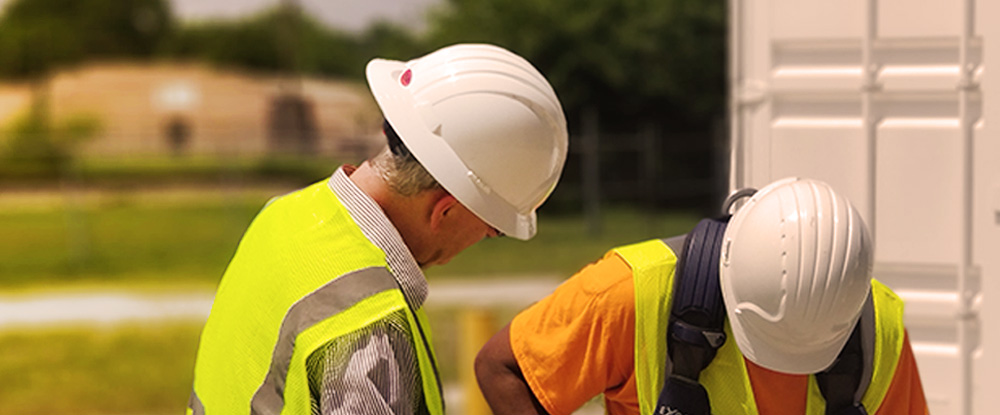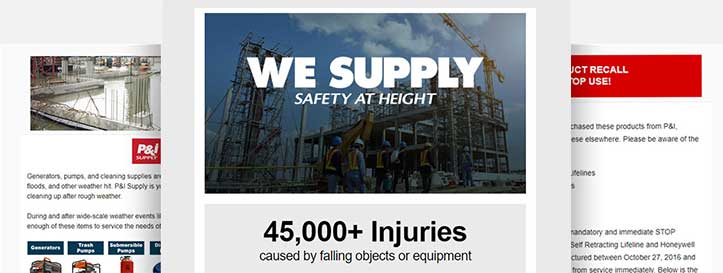Recent Posts
Taking a Break from the Heat is Not Optional

No doubt about it, it’s HOT!
Summer has really heated up, and so has the workload. It is a busy time of year in the world of construction and more work means more breaks. It seems counterintuitive, right? But it’s not! In fact, it’s not even optional. When temperatures are high, OSHA mandates that construction sites keep workers safe from heat hazards which means,
- Providing frequent breaks and the ability to acclimate to the warm temperature
- Provide shaded areas and plenty of water and electrolytes for workers to cool down
- Create a plan and offer training to workers in the case of a heat-related emergency
- Monitor workers for signs of illness
- Provide Heat Protection PPE
Frequent breaks and ensuring workers are healthy and safe means that everyone keeps working consistently. When a worker suffers from heat exhaustion or a heat stroke, not only is that worker experiencing a health risk, you have also lost the valuable production output from not just one, but multiple crew workers.
Heat-Related Illness: What Signs to Look For
Certainly, all workers should be careful to avoid sunburn, dehydration, heat rash, cramps and Rhabdomyolysis; but there are two specific heat-related illnesses that are very serious and require immediate action.
Heat Exhaustion
- Headache, dizziness, or fainting
- Fast heartbeat/pulse
- Weakness and wet skin
- Irritability or confusion
- Thirst, nausea, or vomiting
- Cramps
Heat Stroke
- Confusion
- Slurred speech
- Unconsciousness
- Seizures
- Heavy sweating or hot, dry skin
- Very high body temperature
- Rapid heart rate
If you suspect you or another worker is experiencing these symptoms, it is important to move the affected worker out of the sun, call 911, and begin cooling the worker. It is not necessary to identify which heat-related illness the worker is experiencing, what is necessary is that the worker is cooled down immediately.
- Immerse the affected worker in cold water or an ice bath. Create an ice bath by placing all available ice into a large container with water and immersing the worker
- Remove excess clothing
- Place cold towels on head, neck, trunk, armpits, and groin
- Use industrial fans to circulate air around the worker
It is important that the affected worker is never left alone as heat-related illnesses can quickly take a turn for the worse. If there is any doubt about the workers well-being, call 911. (Sourced from OSHA.)
Taking preventative action is key.
Slowly acclimate workers to the increased heat, allowing for breaks, providing shaded areas, and plenty of water and electrolytes near the work area. Providing PPE is an additional step construction sites can take to preventing heat-related illness. Cooling wraps, sun shades, and cooling vests are available on our site.
